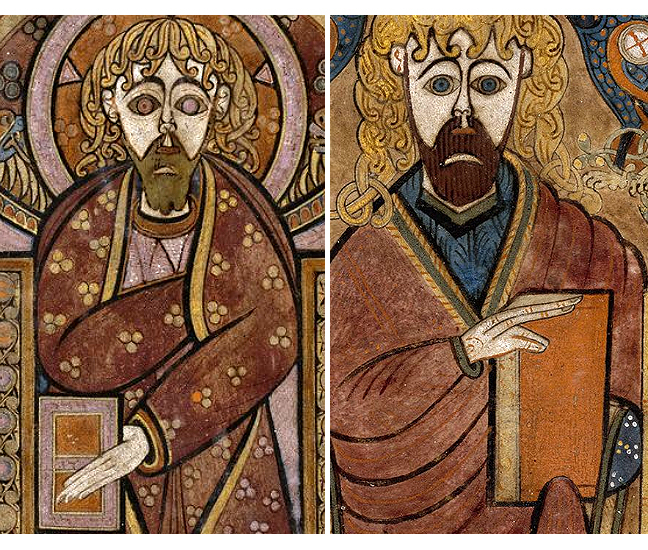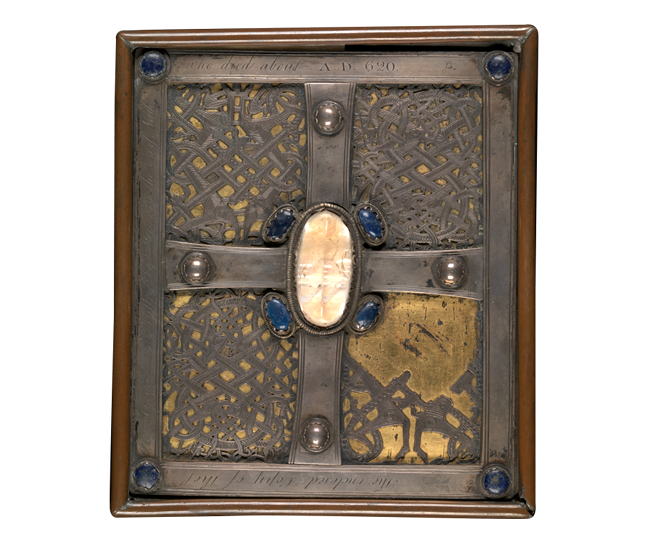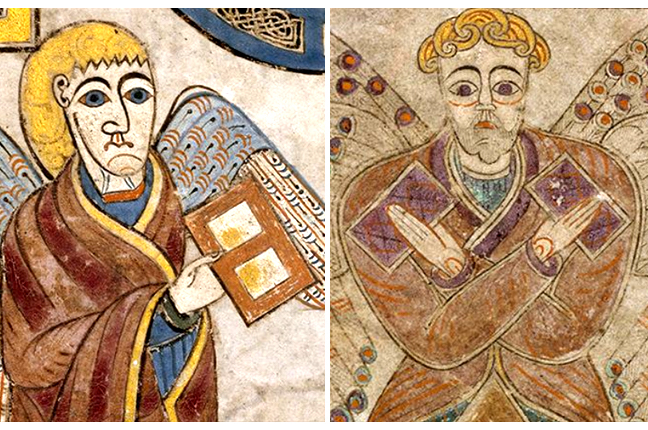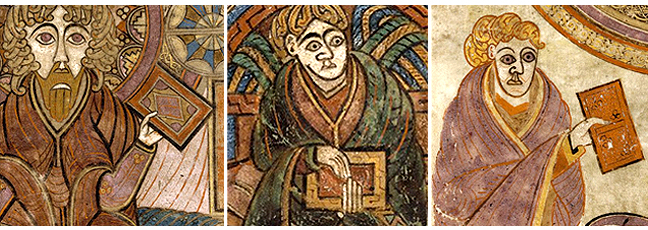Home / History / Irish History / The Book of Kells: Exploring an Irish Medieval Masterpiece / Binding the Book of Kells
This article is from the free online
The Book of Kells: Exploring an Irish Medieval Masterpiece


Reach your personal and professional goals
Unlock access to hundreds of expert online courses and degrees from top universities and educators to gain accredited qualifications and professional CV-building certificates.
Join over 18 million learners to launch, switch or build upon your career, all at your own pace, across a wide range of topic areas.

 Fig 1.
Fig 1.  Fig 3.
Fig 3.  Fig 5. Cover of the cumdach or shrine of the Book of Dimma, reflecting the type of precious ornament used to decorate book covers (twelfth-century with later additions). © The Board of Trinity College, University of Dublin.
Fig 5. Cover of the cumdach or shrine of the Book of Dimma, reflecting the type of precious ornament used to decorate book covers (twelfth-century with later additions). © The Board of Trinity College, University of Dublin.
 Fig 6.
Fig 6.  Fig 8.
Fig 8. 





